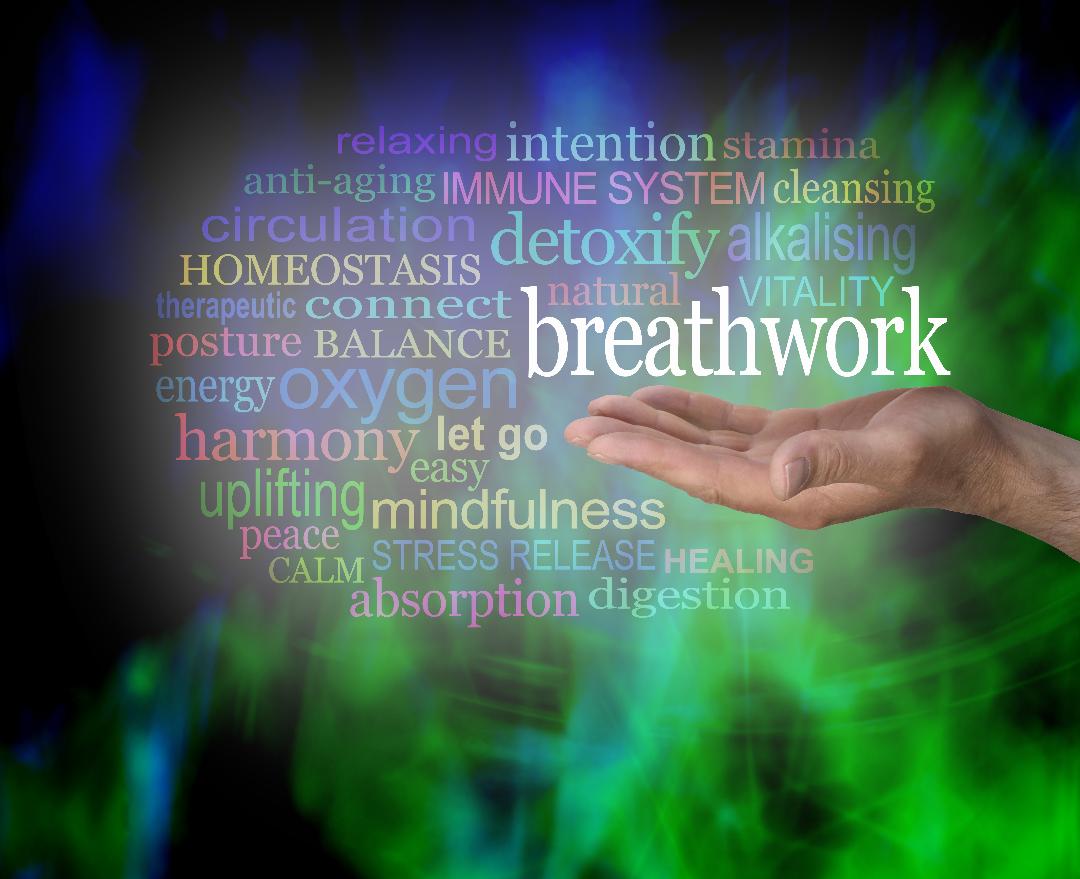 🖨️ Print post
🖨️ Print post
Many of us have been told to “take a deep breath,” when we’re agitated. We know that it’s a tool to help us calm down, but what is the physiology behind it? Today, Josh Trent, Founder of Wellness Force and expert in physical and emotional intelligence, helps us explore the benefits of breathwork, including stress relief.
Breathwork goes beyond one deep breath, of course. Josh gives us an overview of the benefits of a variety of breath phases: from wellness to cathartic breathing. He discusses the studies that point to decreased anxiety and increased serotonin. In essence, breathwork gives our bodies a “permission slip” to relax that we desperately need in this day and age. And he walks us through a breathing exercise so we can get a taste of what it feels like to control our breath and release our stress.
Notes:
Highlights of the conversation include:
- How breathwork is a skill that can be developed
- How it differs from meditation
- How deep breathing, a/k/a “belly breaths,” can change our physiological state
- The role of breathwork in the sympathetic nervous system fight-or-flight mode
- Why it might not be a good idea to constantly “suck in the belly” for appearance’s sake
- How controlling our breath is the only autonomic response that we can control/influence
- How breathing exercises can change the way we think
- How our emotions are intertwined with the body: “the issues are in the tissues”
- Breath retention benefits include: increased nitric oxide, intermittent hypoxia
- How belly breathing gives your body a “permission slip” to relax
- Why the current generation struggles with more anxiety than previous generations
- How breath work helps when in acute stress, end of life, and dealing with anxiety
- The physiological changes observed when people were cued to breathe
- How there is a duality in all that we do – tech serves us but can also be addictive
- How tech steals our attention from the present moment
- Why our attention is regarded as currency
- How emotions are stored in the body as energy and motion
- The difference between feelings (residing in the mind) and emotions (in the body)
- The diminishing gap between science and spirituality
- The BTFA loop: belief, thought, feeling, action and how one step leads to the next
- The “default mode network” skews reality as we constantly search for danger and how to change that way of thinking
- The three phases of breath work
- What it means to “hold space” for another
Resources:
Josh Trent’s website: www.wellnessforce.com
Josh’s free 21-day guide: wellnessforce.com/M21
Mark Divine – Unbeatable Mind – https://unbeatablemind.com
Nir Ayal – addictive tech podcast episode with Josh – https://wellnessforce.com/nir-eyal-breaking-bad-habits-technology-addiction-emotional-triggers/



Leave a Reply